Building the First Dome
- Dome sections just before assembly
The first building was designed and built during the summer of 2006. It is an octagonal building roughly eight feet across made largely of plywood with a dome whose shape was inspired by the WYNN observatory on Kitt Peak in Arizona. The key advantage to the dome’s design is that it is all made from flat surfaces. Essentially there are five squares and four equilateral triangles in the design, mounted on an octagonal upper section that has wheels mounted to it’s bottom side allowing the dome to rotate. The top and side piece were replaced by hinged (top) and removable (side) door panels that allow an almost 40-inch wide “slot” for the telescope to look through.
The telescope in dome #1 (which I refer to as “Rig #1”) is the better of the two otherwise identical appearing telescopes in every way. The differences are not large, but discernible. An SBIG ST8xme camera with a grade-1 chip (1530×1020 9-micron pixels) has been used with this ‘scope since September of 2007. The vast majority of data acquired have been images, mostly through a “clear” filter. The camera is equipped with an automated five-position filter wheel containing standard B,V,R, and I filters. However, since the bulk of what I observe are fairly faint cataclysmic variable stars I make the trade-off of being able to go a magnitude or so fainter at the expense of not being able to reduce the magnitudes to a standard system. For the most part these data are used for timing of periodic phenomenon in these systems, a goal whose requirements can often be served without precise color information. On the best nights here I can often achieve 1% photometry of objects as faint as 15.5 magnitude using 60-second exposures.
This camera can also be attached to an SBIG Self Guiding Spectrograph (SGS). Using the stock 600 line/mm grating the instrument is capable of a spectral resolution of around 2 Angstroms, and can acquire decent signal-to-noise over about 800 Angstroms in a single image. The little bit of work done using the SGS has been to observe a few long-period pulsating variables (Mira-type) in the 0.5 to 0.7 micron range. For the most part I am still assessing the capabilities of the instrument and, frankly, searching for projects which might benefit from those capabilities. By combining sets of three or more 30-minute exposures I’ve achieved 20-to1 signal-to-noise for red stars as faint as 12th magnitude. I tend to concentrate on the red part of the spectrum due to the camera’s higher quantum efficiency in the red and because my primary wavelength calibration source, a Neon gas tube, has most of it’s lines in the red. I also have a Mercury tube for the occasional foray into the bluer regions, at the expense of less precisely calibrated wavelengths and much reduced sensitivity.


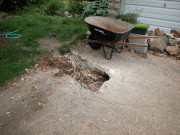
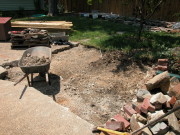
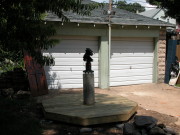
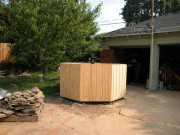
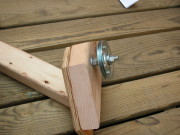
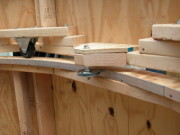
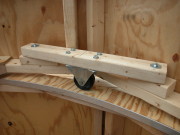
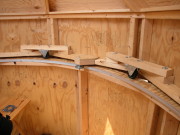
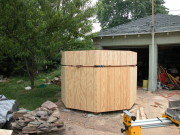
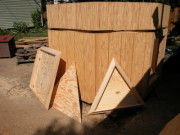

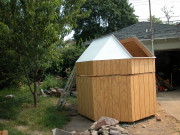

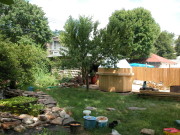



Leave a Reply